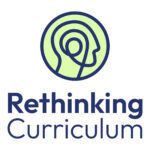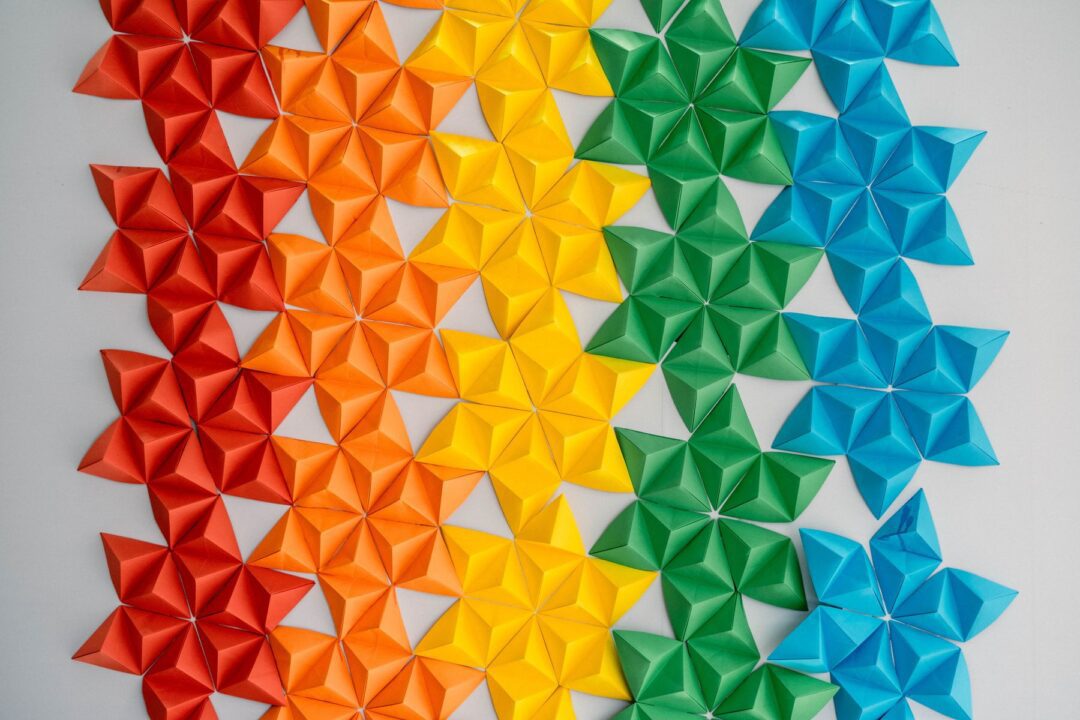Types of play


This article has been published as part of the Rethinking Curriculum project, kindly funded by The Helen Hamlyn Trust.
JENNA CRITTENDEN, CURRICULUM DESIGN LEAD, CHARTERED COLLEGE OF TEACHING, UK
As acknowledged in the research review on play, play is complex and has no agreed definition. This could be in part due to the many different types of play that are labelled individually. Here we list some of the most commonly used terms, along with a brief definition.
When considering whether play is the approach that you would like to use in your school or classroom, it is also important to consider the type of play that you think would be suitable and develop a shared understanding of this with others within the setting to ensure cohesion.
Adventurous play
This is ‘child led play where children experience subjective feelings of excitement, thrill and fear’ (Dodd and Lester, 2021, p. 164). An example of this could be exploring a new area.
Co-opted play
This describes play ‘in situations where the adult intervenes to direct the child’s play, the play is no longer guided but co-opted’ (Paatsch et al., 2024, p. 4). An example of this can be a teacher joining children playing at picnics and suggesting that the play moves to the role-play area where the food toys are kept.
Free play
This is the most commonly identified type of play. It is ‘when children decide what they would like to play, when they start, when they stop and who they play with’ (Dodd et al., 2024). Play England develops this further by stating that ‘free play has no external goals set by adults and has no adult imposed curriculum’ (2024, p. xi).
Guided play
This describes play ‘in situations where a child directs the play within a context that has been set up by an adult around learning goals’ (Paatsch et al., 2024, p. 4) – for example, in continuous provision. A child has agency around the ways in which the activities take shape and how they choose to access the activities, but these can be directed by the resource choice and ‘adult mentorship’ (Weisberg et al., 2016, p. 177).
Pretend play
‘Pretend play involves children’s use of cognition and emotions as they use symbols to create stories in their play and imbue objects with imaginary functions and characteristics’ (Paatsch et al., 2024, p. 4). It can involve the ‘non literal use of objects, actions or attributes’ – for example, using a plate in a cafe to pretend to serve food, or the same plate may be a field for the toy animals to live on or even a spaceship (Creaghe et al., 2021).
Risky play
This play is a ‘thrilling and exciting form of play that can involve a risk of physical injury’ (Sandester, 2007, p. 248) – for example, climbing a tree or jumping on stepping stones.
Social play
This is the play that occurs between at least two people. Initially, this can be ‘parallel’ play, where children sit alongside each other playing with similar toys, and it becomes ‘mutual’ play where interactions occur between those playing. It is the basis for trust and friendships (National Institute for Play, 2024).
Structured play
This is ‘play that is initiated by adults… it tends to be adult led and includes activities that have a particular purpose, often that can be measures for either education or clinical reasons’ (Rees-Edwards, 2022, p. 38). An example of this could be a play therapy session where the facilitator has designed a play activity for a reason.
References
Creaghe N, Quinn S and Kidd E (2021) Symbolic play provides a fertile context for language development. Infancy 26(6): 980–1010.
Dodd H and Lester K (2021) Adventurous play as a mechanism for reducing risk for childhood anxiety: A conceptual model. Clinical Child and Family Psychological Review 24(1): 164–181.
Dodd H, Nesbit R and Robinson M (2024) Risky play in primary schools. In: Durning A, Baker S and Ramchandani P (eds) Unlocking Research: Empowering Play in Primary Education. London: Routledge, pp. 86–100.
National Institute for Play (2024) How we play. Available at: https://nifplay.org/what-is-play/types-of-play (accessed 16 September 2024).
Paatsch L, Casey S, Green A et al. (2024) Learning Through Play in Primary School: The Why and the How for Teachers and School Leaders. London: Routledge.
Play England (2024) Free play in early childhood: A literature review. Available at: https://rainbow-nursery.info/wp-content/uploads/2015/08/free-play-in-early-childhood.pdf (accessed 19 September 2024).
Rees-Edwards A (2022) Types of play. In: Waters-Davies J (ed) Introduction to Play. London: SAGE Publishing, pp. 26–39.
Sandester B (2007) Categorising risky play—how can we identify risk‐taking in children’s play?: European Early Childhood Education Research Journal: Vol 15 , No 2 – Get Access (tandfonline.com) accessed 29/8/24
Waters-Davies J (2022) Introduction to play (2022) Sage Publishing: London
Weisberg D, Hirsh-Pasek K, Golinkoff RM et al. (2016) Guided play: Principles and practices. Current Directions in Psychological Science 25(3): 177–182.










